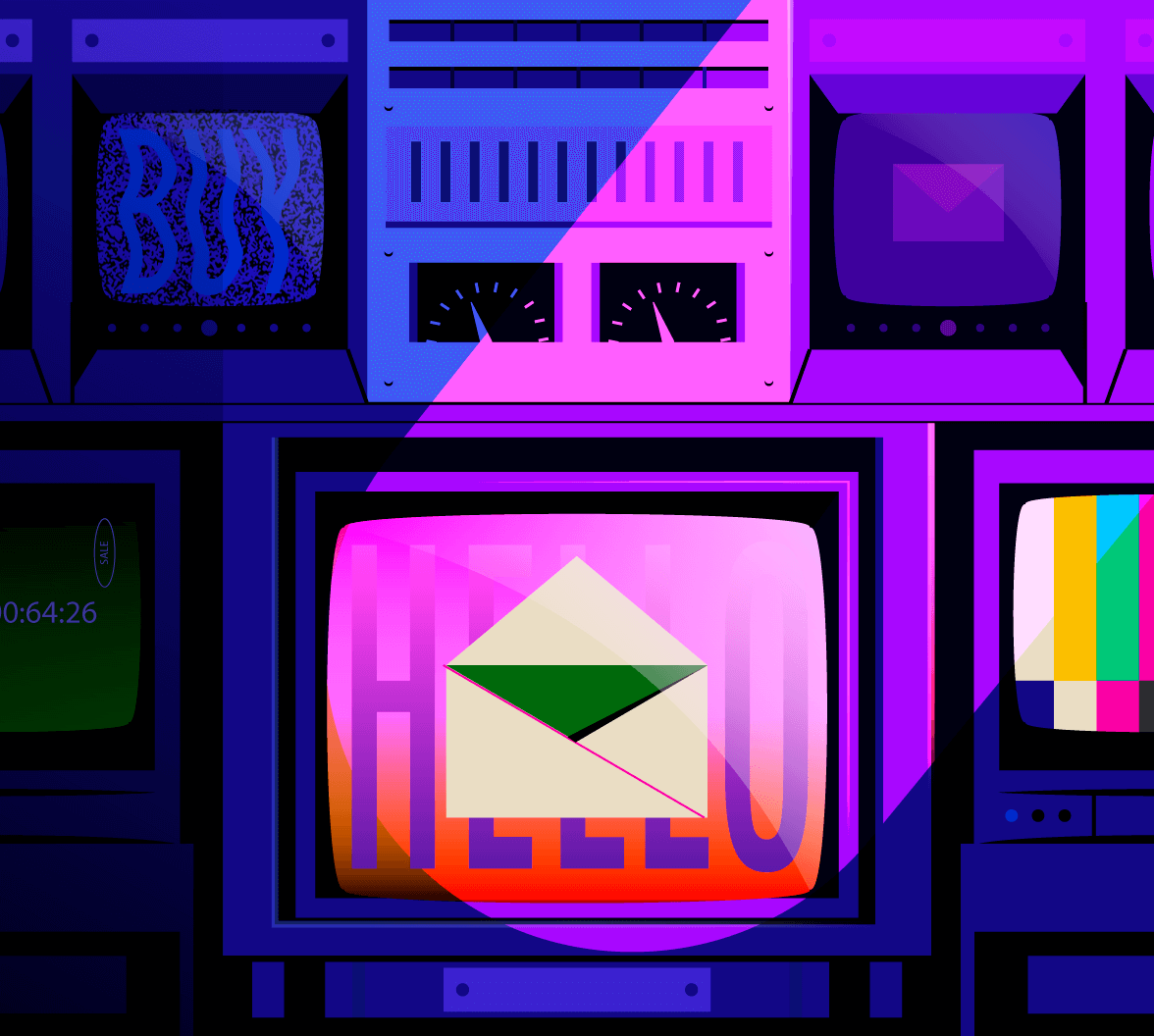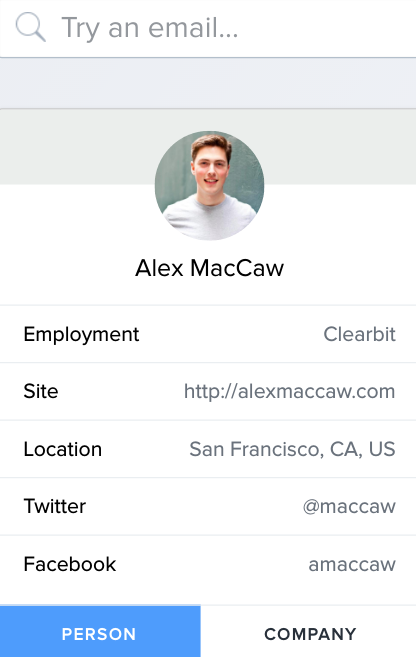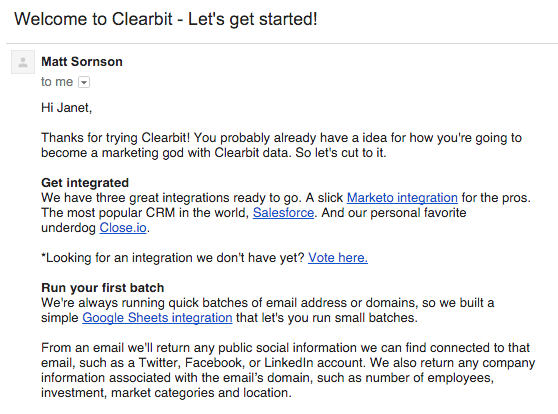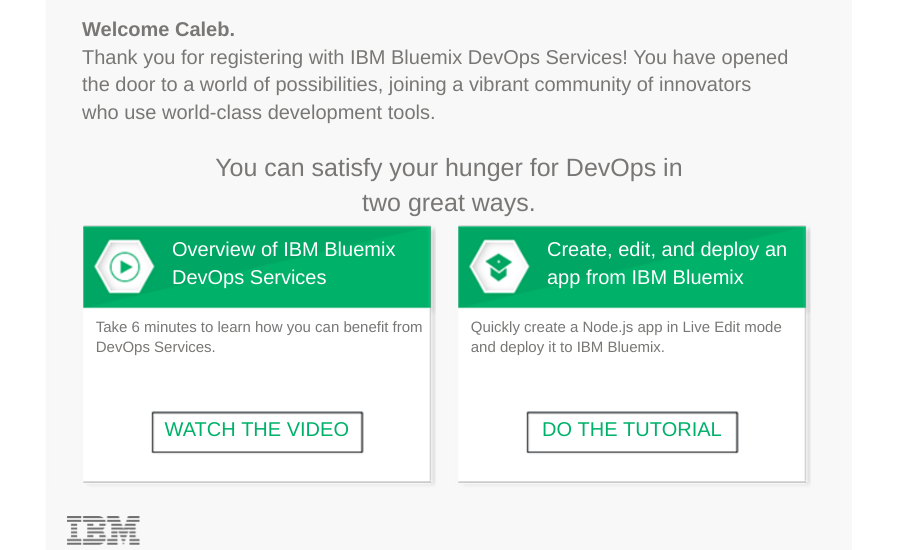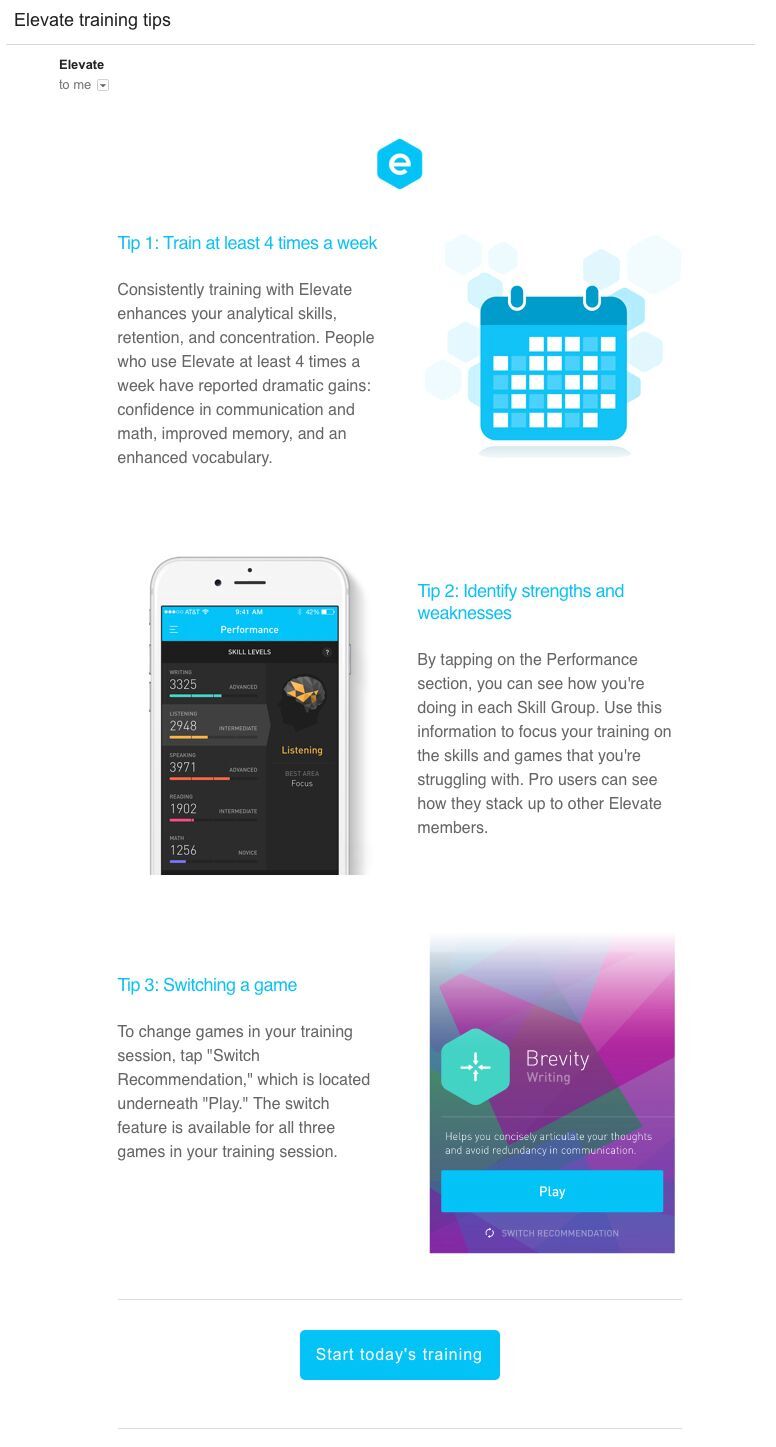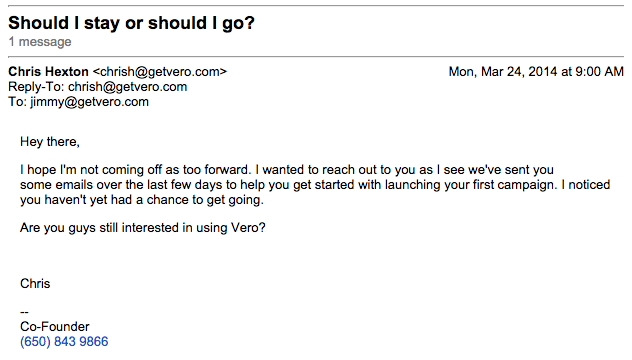Marketing has always been about the “funnel.” The “funnel” is a model that conceptualizes how your product goes from the sea of millions of products into a customer's hands.
The funnel is a series of stages in which a customer gets more and more familiar with a brand, until finally they commit and are loyal to that brand alone.
source: McKinsey
The funnel ends prematurely. It assumes that if a consumer buys your product, your marketing works, and they become loyal.
Anyone selling software knows that this is not the case. For mobile apps in particular 77% of users are lost within their first three days of registration.
You need to throw away the funnel model and think of the greater customer lifecycle. The customer lifecycle is comprised of several stages, from when they are initially acquired throughout onboarding all the way to upsells and renewals.
To guide customers through their lifecycle, you need to engage them at every stage, and the best way to do that is with email.
Here are our five most critical email tips for successful lifecycle marketing.
1. Enrich Your Customer Profiles Without Adding Friction
Email targeting is a crucial piece of lifecycle marketing. You want to be able to personalize your emails to individual customers to create better engagement. In order to personalize your emails, however, you're going to need more personal data.
Using Auth0's Social Login, you can collect user data from their connected social media accounts and store it, along with a variety of other personal information, in their User Profile. All of this can be done automatically without adding extra steps to their registration process and creating friction.
However, if you want to take things a step further, you can use a tool like Clearbit to enrich your email leads. Clearbit's Enrichment API allows you to use nothing more than a customer's email address to get access to their name, employer, company information, website, location, and social media accounts.
source: Clearbit
Clearbit dog-foods their own product to personalize onboarding. When their Enrichment API discovers that you have a marketing background, for instance, you receive a Welcome email tailored specifically to that:
source: Clearbit
If you want the most targeted emails, you'll need the most targetable information, and Clearbit is perfect for that job.
2. Engage Immediately With A Focused Next-Steps Email
After you acquire a new customer, the onboarding process begins. The key to onboarding is to find the one behavior that most of your loyal customers have in common, and encourage that early.
The most famous example of this is probably Facebook. Chamath Palihapitiya, the lead of the first Growth team at Facebook, built their acquisition and retention strategy around the fact that Facebook users who added 7 friends in 10 days were much more likely to stick with the platform.
By working to get more users to that magic number, they were able to put Facebook on the road to incredible growth.
Airbnb is a perfect example of putting this into action with email. As soon as you register, you are sent a “Next Steps” email that is to the point and encourages you to do the things most likely to ensure you stick around.
Airbnb knows that these little procedural details can be annoying, which is why they try to get them out of the way immediately.
3. Build A Personal Connection With A Separate Welcome Email
One of the mistakes companies make with lifecycle marketing emails is that they try to do too much at once. It's good to guide your customers through onboarding, and it's good to reach out personally, but trying to do both in one email can lead to a bloated, off-putting message that no one bothers to read.
Instead, take a page out of IBM BlueMix's playbook and send multiple emails when a customer signs up.
BlueMix is IBM's cloud development platform. When you first register you are greeted with this simple “Next Steps” email:
However, shortly thereafter, you also receive this more personal email:
If you tried turning these into one email, your message would be muddled and ineffective. By keeping them separate, both emails have clear goals and are able to execute without getting in each other's way.
4. Recognize When A Customer Needs A Nudge
Onboarding needs to happen as quickly as possible. The more your customers dawdle, the more likely they are to drop off. Strong customer retention means proactively nudging your at-risk customers.
A great example of this is the game-based cognitive training service Elevate. Elevate calls itself “Your personal brain trainer” because it offers games designed to improve specific skills like writing, speaking, and critical listening.
If you start slacking on your play, you'll receive one of these emails encouraging you to play by giving you tips and info on how the games help you:
If you want to retain your customers, you have to constantly engage them with content that actually gives them value. Your biggest competition is not some other game or product, it's simple inattention. Show people why they should use your product, make it easier for them to use, and you'll start bringing those at-risk dawdlers back into the fold.
5. Destroy Churn By Targeting Inactive Users
Phantom, abandoned accounts represent lost revenue.
You need to target these inactive users and bring them back. If incentives and promotional emails don't work, your best choice is to just be direct.
The email platform Vero is a great example of this. If they've sent you all their standard onboarding emails and you still haven't started using the service, they'll send you this very direct email:
source: Vero
It's not confrontational, but it doesn't beat around the bush. Once a user is beyond discount offers and encouragement, you need to engage them head-on in order to get them back.
Lifecycle Marketing It's All About Automating Human Connection
At the core of any lifecycle marketing advice is the idea that customers need to be personally engaged with your product throughout their time with it. You want to make sure they are getting the most value out of it, and in turn, are more likely to be retained.
"Customers need to be personally engaged with your product throughout their time with it."
Tweet This
This means a lot of personal interactions, and as your company grows, this can get harder and harder. The only manageable way to scale this personal connection is to automate as much of it as you can.
Using Auth0's Rules, you can use different email triggers and platforms to engage with your customers when they reach certain points in their lifecycle, all without you having to lift a finger.
This frees you up to focus on building your company, while ensuring that your 1,000,000th customer feels as personally engaged as your first did.

